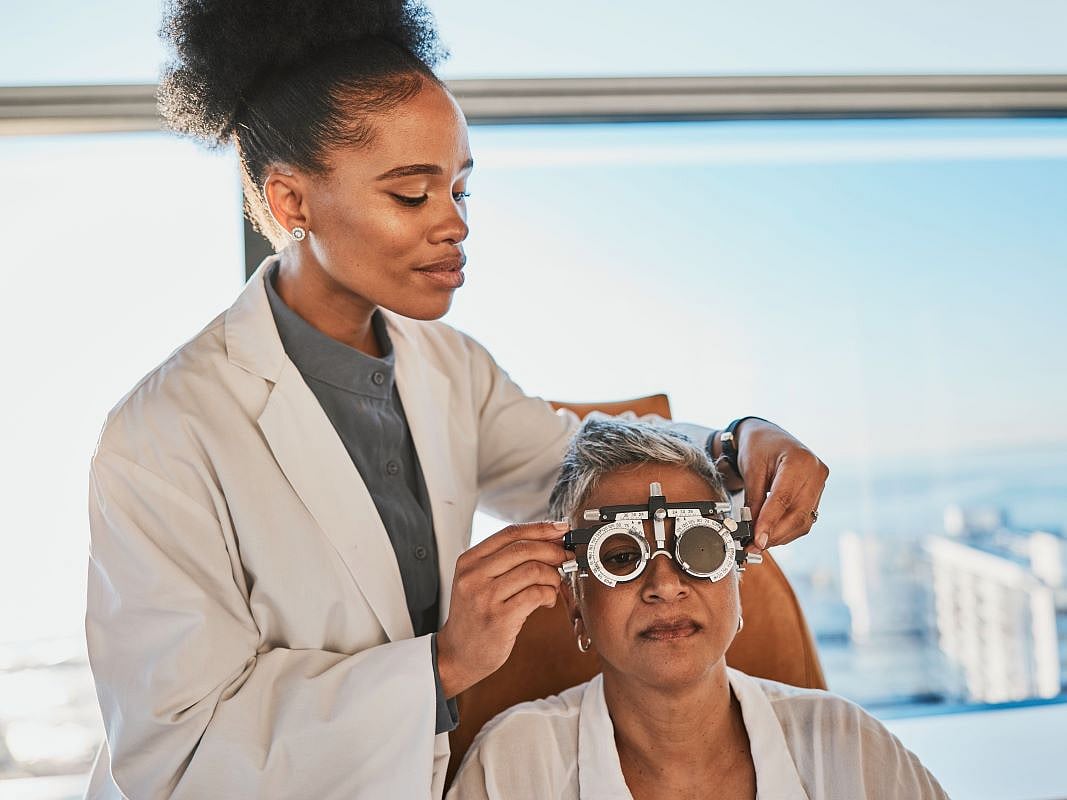Due to a recent change of our website, the process for submitting refill requests online has now changed.
Please click on “Sign Up Today!†to create a new account, and be sure to download our NEW Mobile app!
Thank you for your patience during this transition
Manténgase sano!

- Posted October 3, 2024
Stem Cell Therapy Might Repair Vision-Robbing Holes in Retinas
Japanese researchers have successfully used a transplant of human stem cells to close a hole in a key part of a monkey's retina.
They say the achievement could pave the way for better treatment of small gaps that form in the macula, the central part of the eye's retina.
These macular holes can cause distorted or blurred vision, making it hard to see fine details, read or drive a car.
"Our results suggest that this method could become a practical, safe and effective treatment option with minimal invasive risks, particularly for difficult macular hole cases," said senior study author Dr. Michiko Mandai, of Kobe City Eye Hospital in Japan.
However, experts stress that the results of research in animals don't always pan out in people.
While treatment advances over the past decade have successfully closed more than 90% of macular holes, stubborn cases that defy treatment persist, researchers explained in background notes. Managing care after surgery is also difficult. While retina transplants are able to close the holes, they do little to improve vision.
Mandai's team wondered whether a transplant of human stem cells might overcome these obstacles.
In this new study, published Oct. 3 in the journal Stem Cell Reports, they successfully transplanted retinal tissue derived from human stem cells to close a macular hole in a monkey's eye. The transplant grafted successfully and developed the light-detecting retinal cells essential for clear sight. Researchers also saw improvements in the monkey's responses to light and eye fixation.
The experiment wasn't without glitches, however. The monkey had mild transplant rejection, which may have affected integration of the grafted tissue. Researchers controlled it with steroid shots.
"The mild rejection may have limited the functional integration of the transplanted tissue," Mandai said in a journal news release. "Additionally, this was a single-case result for one eye, and the model did not exactly replicate the pathology of human refractory macular holes."
But, she added, the findings suggest that the technique would be feasible for treating people.
More information
The American Academy of Opthalmology has more about how the eye works, including the macula's role in sight.
SOURCE: Cell Press, news release, Oct. 3, 2024
